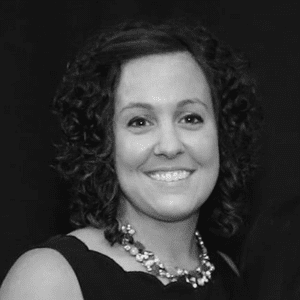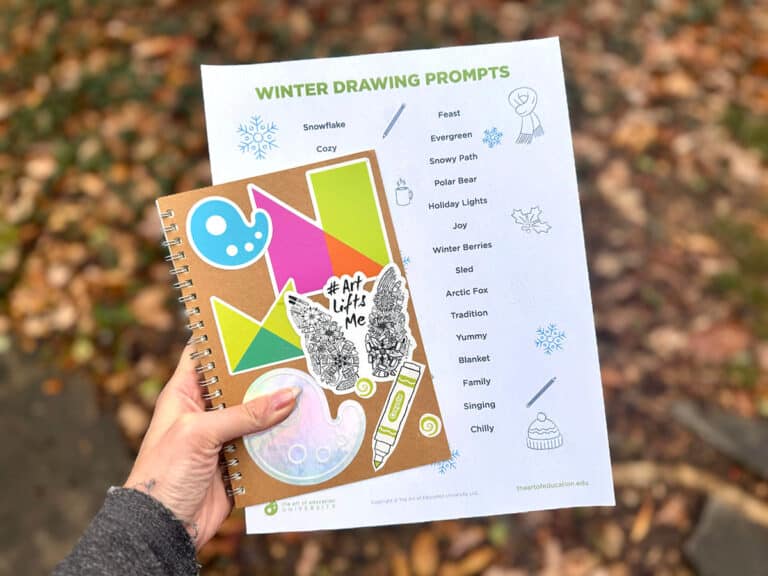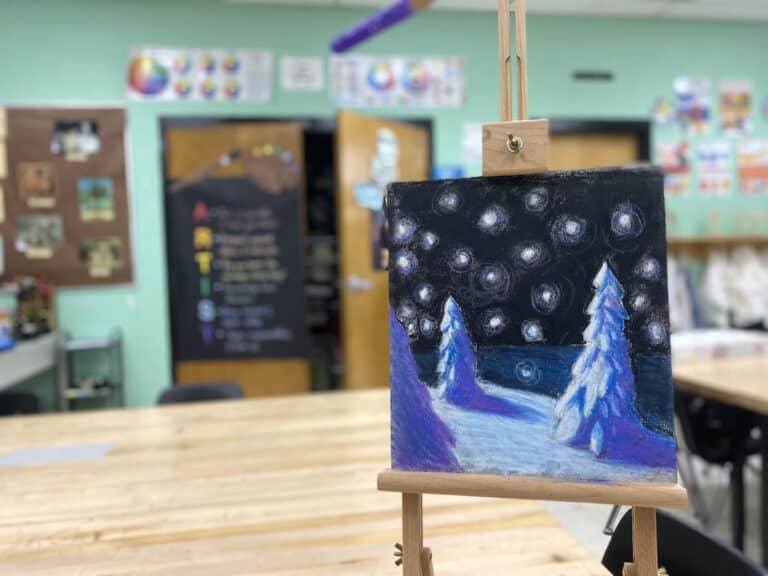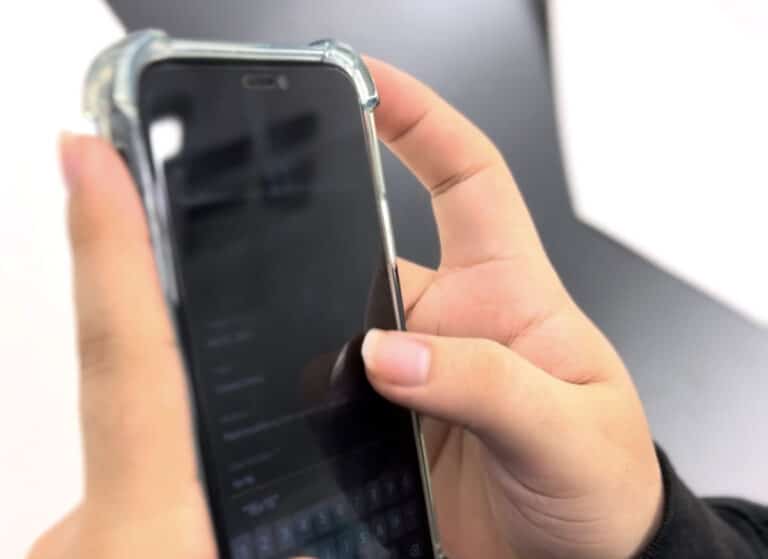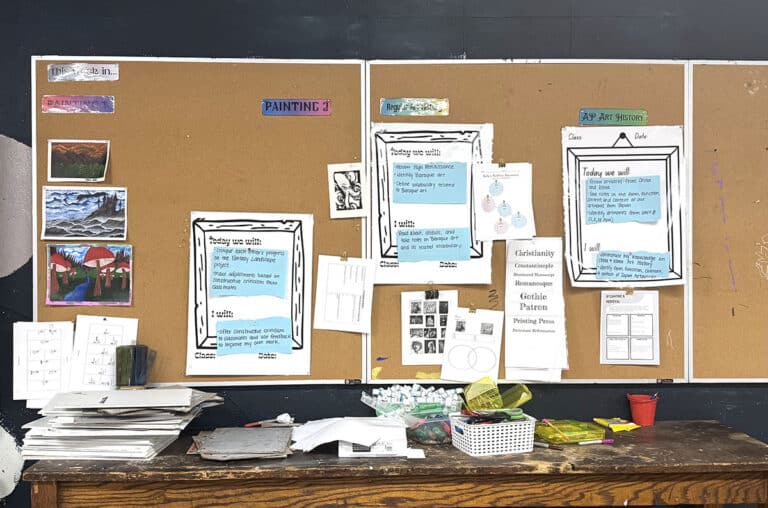After the first few weeks of school, you might notice students testing you more and more. The freshness of the year is over, and you may become a bit lax on your rules as you get busier.
It’s time to introduce some fresh tactics to manage the classroom. Remember, what works for one group may not work for another, so it’s good to have a long list of tricks in your bag. Have fun exploring the ideas below. Use what works, and leave what doesn’t!
Teacher Language, Actions, and Tools
- Use a lower voice. Students will listen differently.
- Instead of telling students what NOT to do, use positive language to tell them what TO do: “Please walk.” instead of “No running!”
- Learn students’ names quickly so you can use them.
- Give actual consequences instead of perpetual warnings.
- Practice routines over and over.
- Stop the whole class. Explain what you need to see and why you need to see it.
- To get attention, count down from 5. This gives kids time to quiet down.
- Use just one word to give a redirection.
- Send a report card back to the classroom teacher.
- Listen to audiobooks during work time.
- Turn the lights out to get attention.
- Model appropriate behaviors or have students act out appropriate behaviors.
- Build personal relationships, even with hundreds of students!
- Use visual clues instead of verbal cues.
- Use timers.
- Use your non-verbal “teacher look.”
- Compliment good behavior.
- Assign numbers to voice levels, with 1 being silent and 4 being shouting. Use these levels to help students manage classroom noise.
- At the end of class, have only 5 students clean up the room. Read a book to the remaining students.
- Use the “When – Then” technique: “When your table is quiet, then you get to join the line.”
- Read books aloud while students work.
- Let a video teach the rules.
- Look into the “Love and Logic” method.
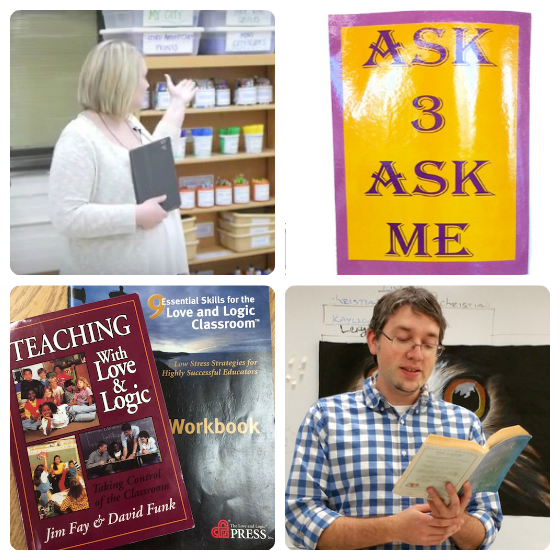
Student Activity and Movement
- Switch students’ seats.
- Put students having trouble closer to you.
- Use brain breaks to increase student productivity.
- Keep transition times engaging with songs, games, or clapping rhythms.
- Use a rhyme such as, “criss cross applesauce spoons in a bowl,” to help young students get seated.
- Use the “Ask 3, Ask me” strategy.
- Have students pretend they have their own bubble around them to communicate the idea of personal space.
- Play games while waiting in line.
- Have students pretend to put big marshmallows in their mouths, puffing out their cheeks, to get quiet.
- Use clapping patterns to get attention.
- Try a chant like “I am special” or another positive mantra.
- Play music during transition times.
- Try a sign in and sign out method instead of a bathroom pass.
- Assign classroom responsibilities to help students take pride in the classroom.
- Assign 3 projects at once to keep students engaged.
- Have students fill out interest inventories to help get to know them.
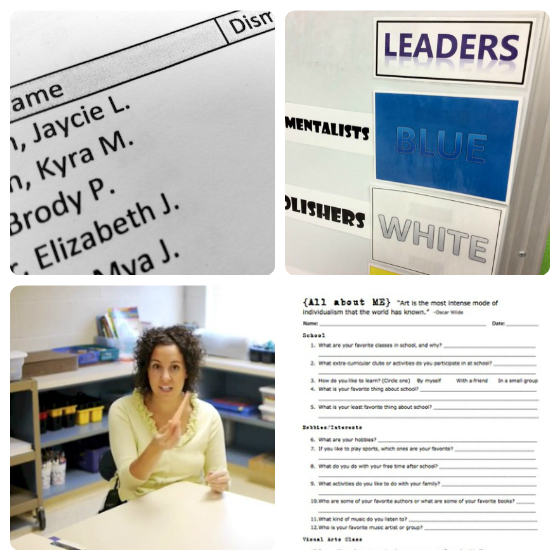
Rewards and Incentives
- Enter students with positive behavior into a weekly drawing for prizes.
- If your school uses a positive reward system, like Character Counts or PBIS, fully integrated into your art program.
- Put positive behaviors into a jar when you see them and then read a few at the end of class.
- Choose a mystery student to watch during clean up. If the chosen student is on task, they receive recognition and a sticker at the end of class.
- Try novel incentives like, “take off your shoes while working at your seat” or “sit in the teacher’s chair for 10 minutes.”
- Put three identical items, like plastic cups, on each table. If the table is noisy or not following directions, take one away. The goal is to keep the items on the table.
- Keep a marble jar. Students earn marbles for good behavior and receive a reward when the goal is met.
- Write the letters ART on the board. Loud classroom volume results in lost letters. When the letters are gone, students must work silently for the rest of class.
- Use a stoplight image for class behavior. Move from green to yellow to red and implement consequences when necessary.
- Apply the principle, “Three strikes and you’re out” to a variety of situations.
- Develop a point system for table groups.
What classroom management tip is your favorite?
What else would you add to this list?
Magazine articles and podcasts are opinions of professional education contributors and do not necessarily represent the position of the Art of Education University (AOEU) or its academic offerings. Contributors use terms in the way they are most often talked about in the scope of their educational experiences.

